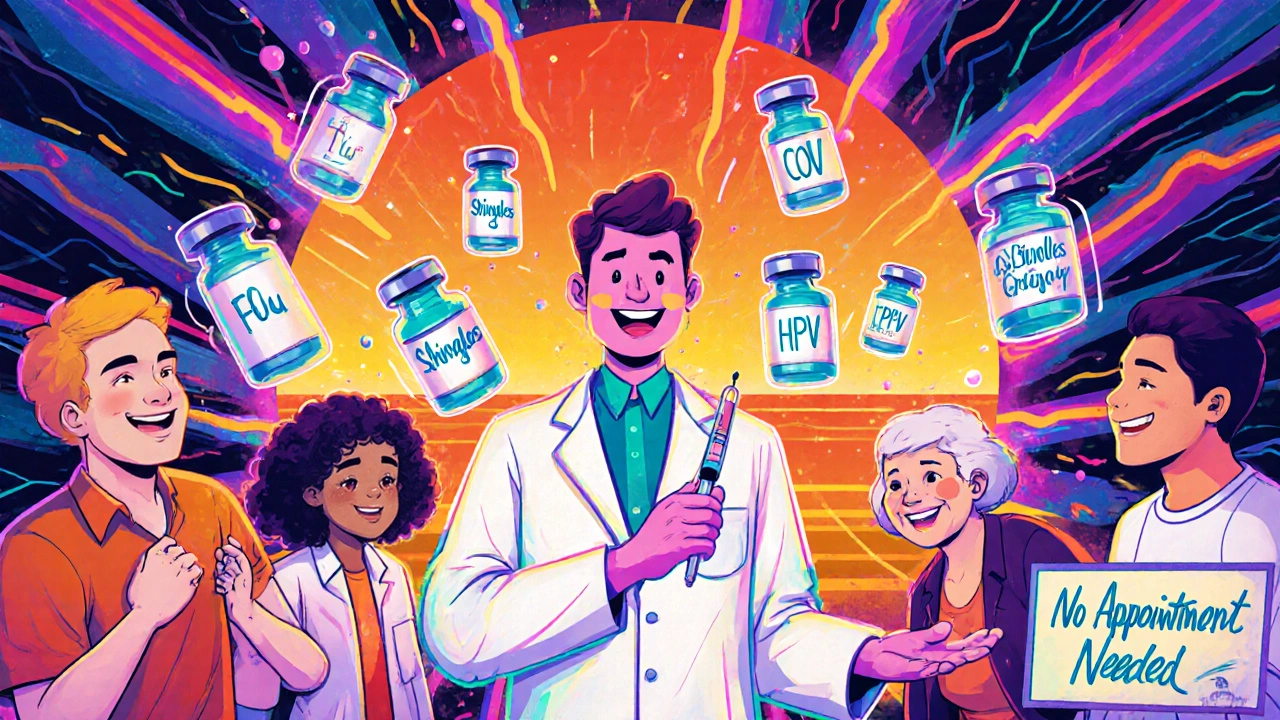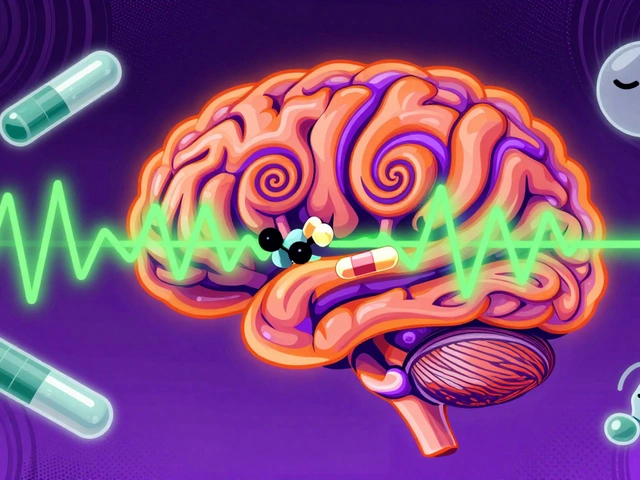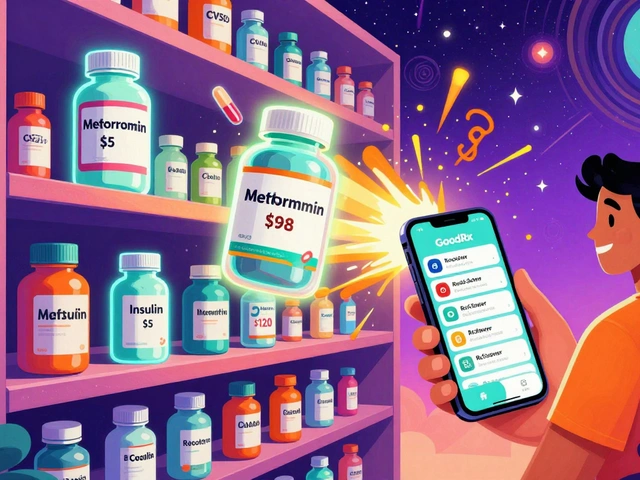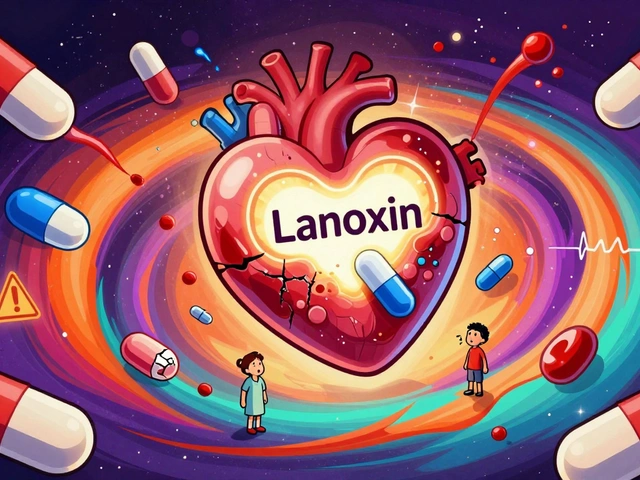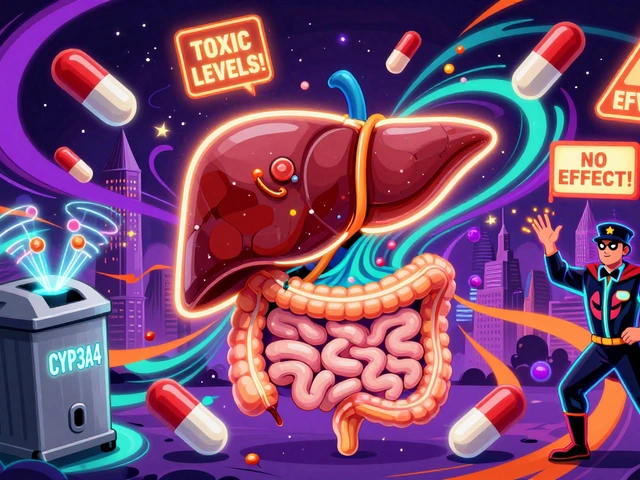Pharmacist Advocacy: How Pharmacists Protect Your Health and Rights
When you think of a pharmacist, you probably picture someone handing you a pill bottle. But pharmacist advocacy, the active role pharmacists play in defending patient safety, guiding treatment choices, and challenging harmful prescribing practices. Also known as patient-centered pharmacy practice, it’s what happens when a pharmacist stops just dispensing drugs and starts standing up for you. This isn’t theory—it’s daily work. A pharmacist notices that your blood pressure med and your NSAID are clashing. They catch that your antibiotic could cancel out your birth control. They push back when a doctor prescribes a drug that’s known to cause tendon tears in older adults on steroids. That’s pharmacist advocacy in action.
It’s not just about spotting bad combinations. medication safety, the system of checks, protocols, and vigilance that prevents errors in drug dosing, labeling, and administration is built on this kind of frontline intervention. Pharmacists use dual verification for custom meds, track drug interactions across dozens of prescriptions, and flag risks like fluoroquinolones causing tendon rupture when mixed with corticosteroids. They’re the last line of defense before you swallow something that could hurt you. And they don’t just do this quietly—they speak up. In clinics, hospitals, and even over the counter, pharmacists are pushing for better labeling, clearer warnings, and patient education that actually sticks.
Then there’s patient rights, the legal and ethical entitlements patients have to understand their meds, question prescriptions, and refuse unsafe treatments. Pharmacist advocacy means helping you know your rights: that you can ask why a drug is being prescribed, that you can request a generic alternative, that you can refuse a supplement that might interfere with your heart medication. It’s why you should always bring your full list of pills, vitamins, and herbal teas to the pharmacy—not just for convenience, but because your pharmacist needs to see the full picture to protect you.
And it’s not just about one drug or one interaction. It’s about the bigger picture: how drug interactions, the unintended and sometimes dangerous effects when two or more medications affect each other in the body are silently harming people every day. Rifampin making birth control fail. Amlodipine causing ringing in the ears. SGLT2 inhibitors protecting kidneys but needing careful monitoring. These aren’t rare edge cases—they’re common enough that a sharp pharmacist catches them before you walk out the door.
Behind every post here is a real moment where a pharmacist didn’t just hand over a script. They asked questions. They dug deeper. They changed a plan. You’ll find stories about how pharmacists help manage diabetes meds safely, prevent compounding errors in custom drugs, and guide people through supplement risks. You’ll see how they help people with kidney disease balance sodium levels, how they spot early signs of lipodystrophy from insulin injections, and how they warn about the hidden dangers of off-label drug use.
This collection isn’t just about drugs. It’s about the people who make sure those drugs don’t hurt you. And if you’ve ever wondered why your pharmacist asked you ten questions before giving you a new pill—that’s not just being thorough. That’s pharmacist advocacy.
Immunizations and Generic Prescriptions: How Pharmacists Are Advocating for Better Care
Pharmacists are now key providers of vaccines and advocates for affordable generic medications. Learn how they're improving access, fighting unfair pricing, and transforming community healthcare.
